Global Conservation
The mission of the Arizona Center for Nature Conservation (ACNC)/Phoenix Zoo’s Conservation and Science Department is to provide zoo-based support for conservation in the field. Through our native species conservation and research efforts based at the Phoenix Zoo and our grants programs, we proudly participate in and support meaningful field conservation projects throughout our region and across the globe. Our Conservation & Science Grants Program has helped advance the conservation and research efforts of well over a hundred projects around the world.
Currently our global conservation funding supports our sustaining grant partners’ projects through an invitation-only process. We are proud of the support we have been able to provide to many conservation projects through our annual grant process, but we will no longer be soliciting or accepting proposals.
Sustaining Grant Recipients
Our sustaining grant recipients are doing amazing work to save species and engage local communities! Here are their projects.
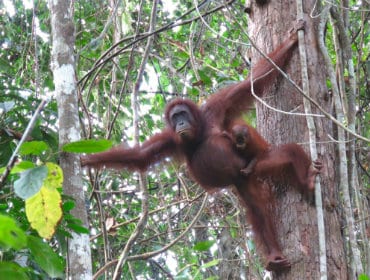
hutan
Toward a better understanding of orangutan adaptation to human-made landscapes
Understanding how orangutans can survive outside of protected forests is key to their long-term survival in Borneo since more than 70% of current wild populations are found outside of protected forests. With this project, HUTAN seeks to understand the relationship between orangutans and established oil palm plantations. This information will then be used to influence and improve land-use planning and industry practices to minimize as much as possible negative impacts of oil palm development on orangutan and biodiversity.
Grevy’s Zebra Trust
Grevy’s Zebra Warrior Program: Supporting coexistence between the endangered Grevy’s zebra and pastoralists in Northern Kenya
Grevy’s zebra is an endangered species, with over 90% of the wild population found in Kenya. Laisamis is a priority area for its conservation. Here, the Grevy’s Zebra Trust works with local Warriors from the community to monitor and protect Grevy’s zebra. Camels carry the Warriors’ supplies for patrolling in remote areas where they record wildlife sightings and use GPS cameras to verify their data. Results facilitate prioritized resource management to enhance Grevy’s zebra survival, direct engagement of the community, and informed conservation planning for the region.
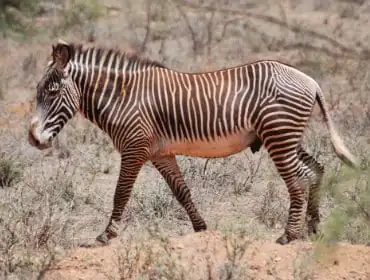
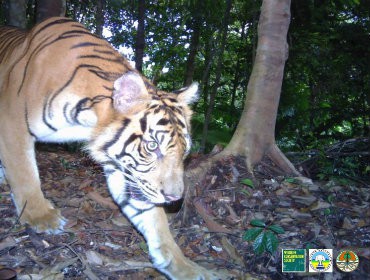
Tiger Conservation Campaign
Saving Sumatran tigers by reducing tiger-human conflict
On the Indonesian island of Sumatra, critically endangered Sumatran tigers are increasingly attracted to areas near villages, where wild pigs thrive in degraded forests and agricultural areas. Here the tigers come into conflict with people, with profoundly negative consequences on both sides. This project, supported through the Tiger Conservation Campaign and conducted by WCS-Indonesia, works with villages along the edge of Sumatra’s massive Leuser landscape to reduce tiger-human conflict. This important work simultaneously saves wild Sumatran tigers and protects people and their livelihoods.
Ruaha Carnivore Project
Resolving conflict through communication: using DVD shows to help reduce human-carnivore conflict around Ruaha National Park, Tanzania
Tanzania’s Ruaha landscape is a vital global stronghold for threatened carnivores, particularly lions. However, the area has high rates of human-carnivore conflict and killing, as local people are often unaware of how best to prevent carnivore attacks and of the importance of conserving carnivores. The Ruaha Carnivore Project operates a number of programs aimed at reducing conflict and providing local people with benefits from the presence of carnivores. The team runs mobile DVD nights across all local villages to provide education about wildlife conservation, reaching thousands of households and reinforcing best-practice livestock protection, thereby reducing attacks, conflict and killing.
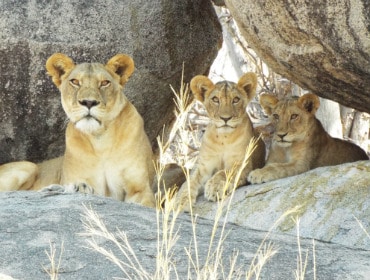
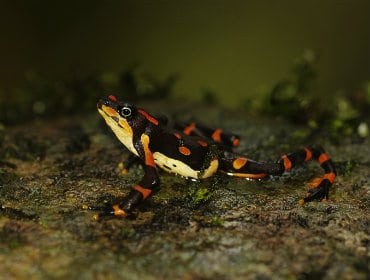
ProCAT Atelopus Project
Comprehensive conservation program for the critically endangered Atelopus varius in the Talamanca Mountains, Costa Rica
Once considered extinct, the critically endangered variable harlequin frog, Atelopus varius, was rediscovered in Costa Rica. ProCAT assessed the remnant population and its threats and concluded that the species needed an immediate recovery plan to avoid extinction. This project is implementing management and community-based conservation actions to address the main threats these frogs face and evaluating their success.
Giant Armadillo Conservation Program
Anteaters & Highways
Giant armadillos: A flagship species for biodiversity conservation
Why, when and how do giant anteaters cross roads? Understanding impacts and effects of roads on giant anteater populations.
The Giant Armadillo Conservation Program and Anteaters & Highways Project focus on rare, little-studied animals in Brazil. The giant armadillo study seeks to understand the ecology and biology of this threatened species, as well as its function in the ecosystem. Research on giant anteaters aims to quantify the impacts of roads on anteater populations and evaluate their effects on the species’ behavior, population structure, and health. These studies will provide useful information for future management plans in the region.
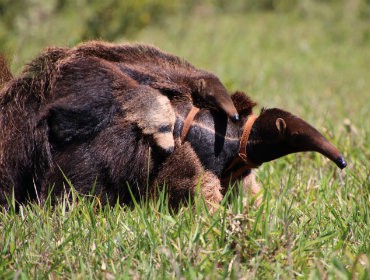
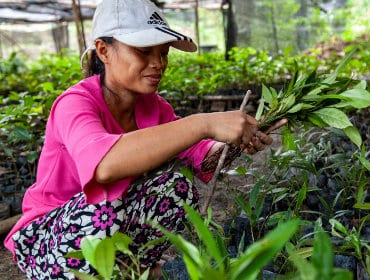
Health in Harmony
Restoring and protecting orangutan habitat in Gunung Palung National Park
Gunung Palung National Park in West Kalimantan, Indonesian Borneo is home to a natural, breeding population of 2,500 orangutans. The species is gravely threatened by the loss of its lowland rainforest habitat. This project by Health in Harmony seeks to protect and reforest important wildlife corridors and provide healthcare, livelihoods training, and community conservation education.

